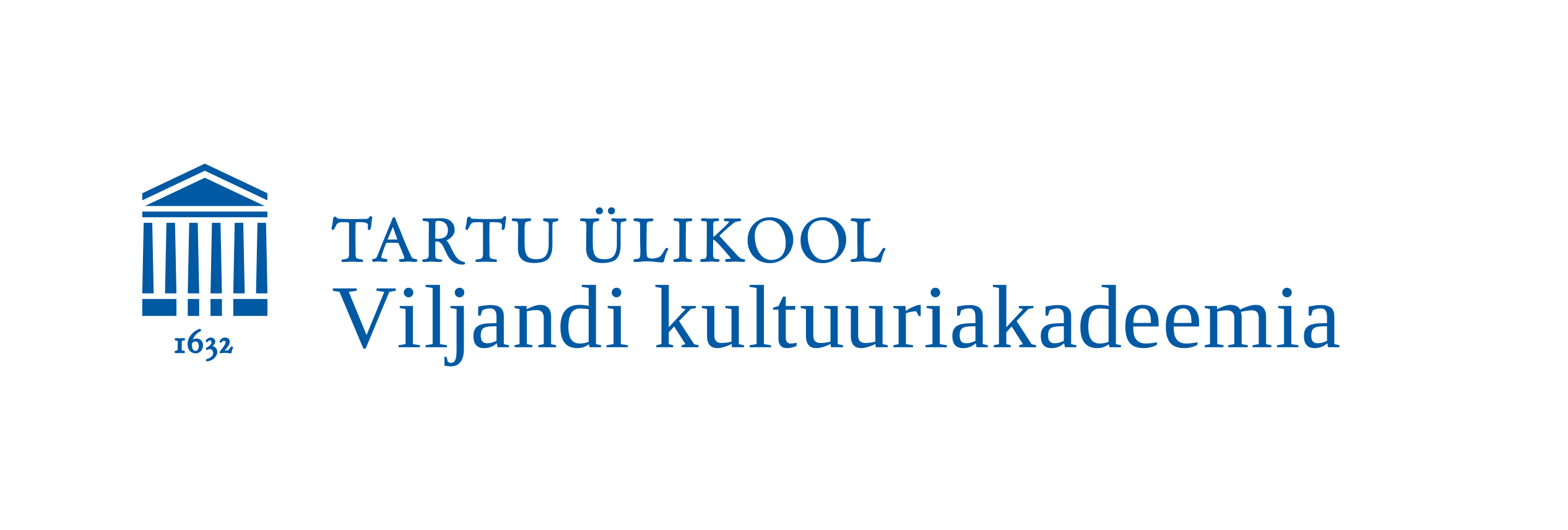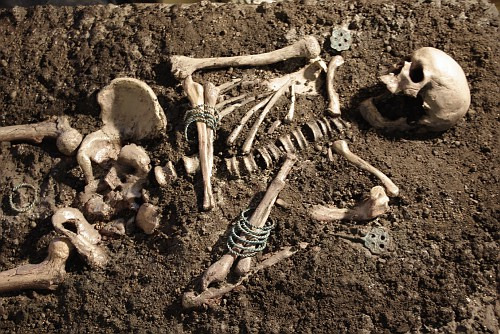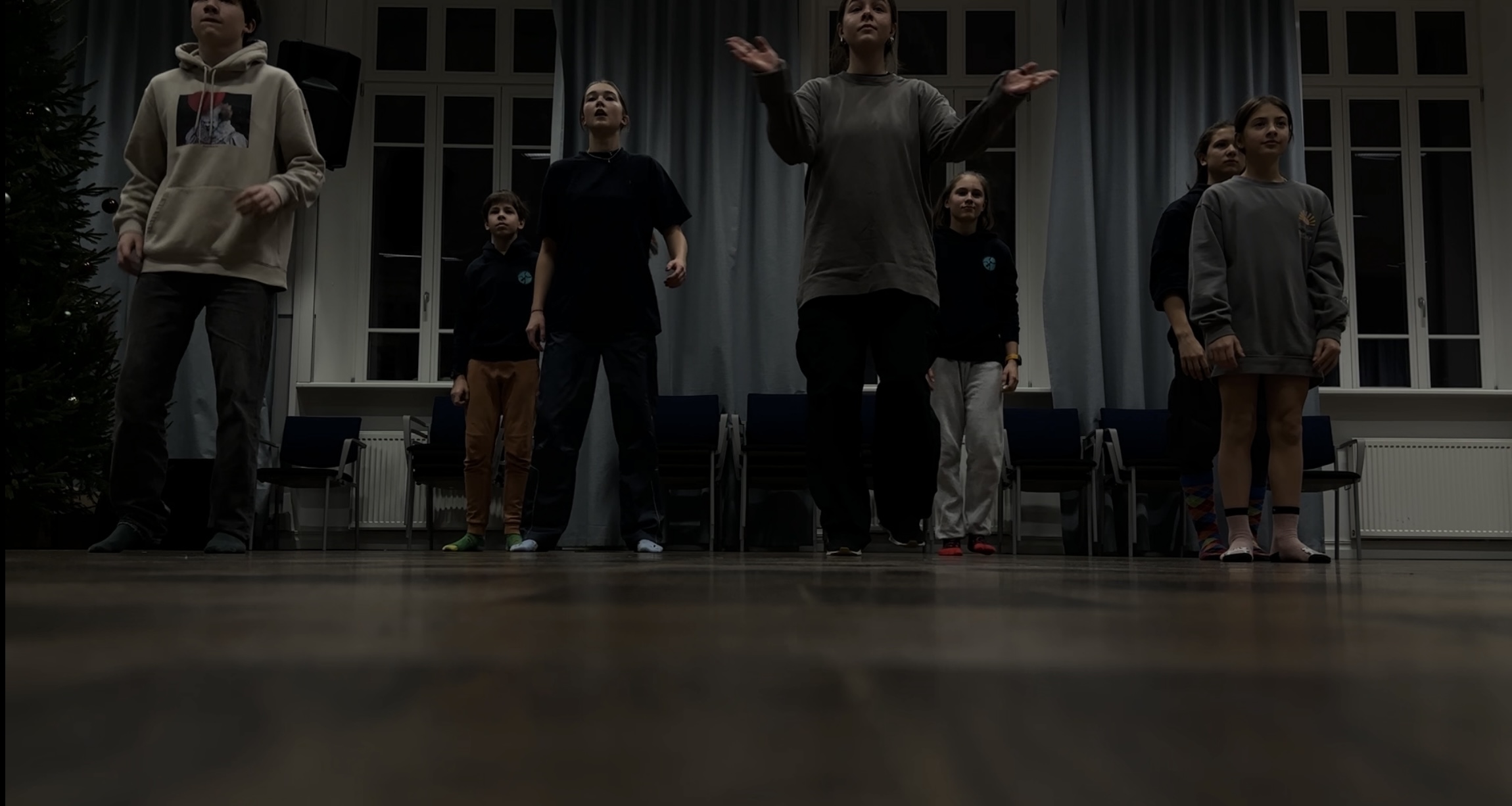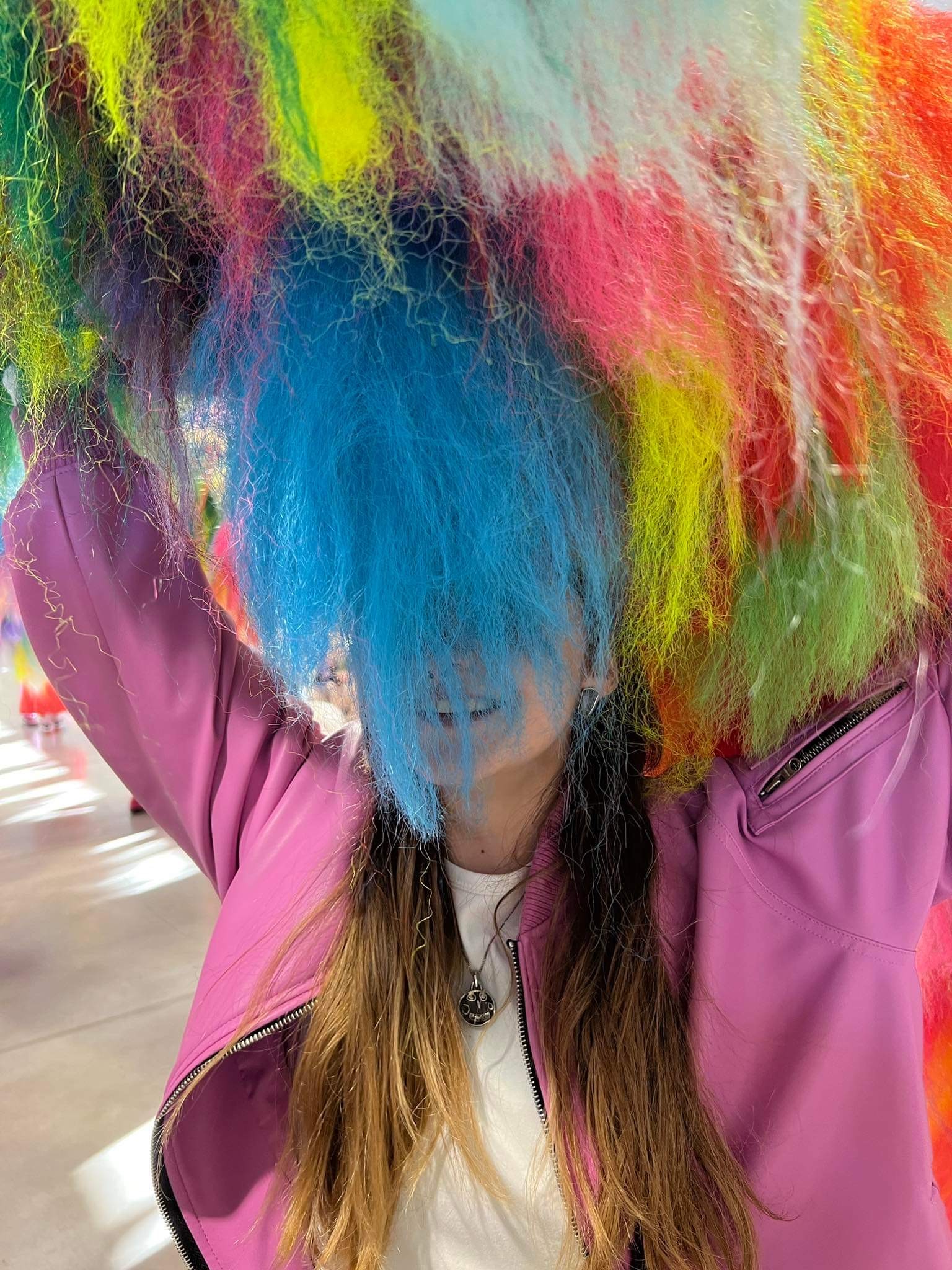“PÄRISELU BUTAFOORIA” (juhendaja Liina Unt, PhD).
LÜHIÜLEVAADE: Käesoleva “Lõimiku” sirvija leiab siit kaks tööd, nii Lea Ojami seminaritöö, kui ka tema lõputöö. Kuna tegu on kenasti kokkukõlava tervikuga, oleks olnud suisa patt üht neist välja jätta.
Päriselu butafooria – mis see on? Vastuseks minu küsimusele, sõnastas Lea selle lihtsalt: “Need on kõik need asjad, mis meid ümbritsevad.” Meid ümbritseb asjade maailm, mõned neist tulevad kaasa minevikust, midagi tehakse meie kaasabita igapäevaselt juurde, midagi valmistame me ise. Teisalt kipuvad mõned tähtsad asjad vananema, lagunema ja määnduma, kuid mõnedest neist ei taha me kuidagi loobuda. Mida alles hoida ja mida minna lasta? Millised väärivad kopeerimist ja millised taasloomist? Kas inimese skelett on on “ajaloo asi”, väärt avalikku näitamist või inimsäile, mille peaks rahule jätma? Eetikapiirid võivad teinekord olla õhkõrnad.
Niisugused on vaid mõned küsimused, millele vastuste otsimisega tegelebki oma mõlemas, nii teoreetilises kui praktilises, töös Lea Ojam. Ei näe vajadust pikemaks sisuseletuseks. Loodan, et “Lõimiku” lugeja peatub siin pikemalt ja mõtiskleb töö autoriga kaasa, samuti nagu siinkirjutaja seda tegi. Mõlemad tööd väärivad seda.
Holger Rajavee
kultuuri- ja kunstide ajaloo lektor
TÜ Viljandi Kultuuriakadeemia
LÄBITUD ÕPPEKAVA: teatrikunsti visuaaltehnoloogia õppekava.
[Best_Wordpress_Gallery id=”22″ gal_title=”Lea Ojam”]
SUMMARY: The written part of my thesis Real-life props has the aim of supporting the practical final work that consisted of projects realised at different museums and described in chapters 2 and 3. I also deemed it important to explain in chapter 1 more thoroughly the considerations that led to the birth of this concept. By introducing my own understanding of time in the last chapter I sought to emphasise and substantiate the importance of such work for myself.
Throughout writing this thesis, I felt reassured that using the concept of real-life props is justified and that the projects belonging to this category for me clearly differ from theatrical props and schoolwork. This is the case not only due to self-evident factors like the place of exhibition or realisation of the work but also owing to certain finer nuances that are explained in the first chapter where I analyse the development of the concept.
All projects described in this paper have been a very valuable professional experience for me. Although the projects were in many ways similar in terms of practical implementation, they have been sufficiently multifaceted in their substance and goals to require a new, original approach and preparation every time. I find that in these projects I have been able to use many technical skills acquired during my studies but have also had space to experiment and find new solutions by myself. The projects have also been of great help in understanding my field in a broader context and have given me a chance to explore more theoretical and philosophical avenues.
In summary, I would also like to add that through these tasks I have began to understand better, respect and love my profession. Working independently and communicating with the organisers from the museums has helped me to start feeling like a self-confident professional who dares to offer her skills in this field in the future as well, without any shame or fear.




